Have you ever wanted to become a witcher in Baldur's Gate 3? So have we! That's why we created this build inspired by Geralt from The Witcher 3. We've managed to recreate the canonical White Wolf of Rivia with all his abilities—from signs to alchemy. The build is effective from the early stages of the game, focusing on a balance between melee combat and magic.
Choosing a Multiclass of Fighter and Ranger
The build combines the power of the Fighter with the skills of the Ranger, which canonically reflects the essence of a witcher. The main advantages of this approach are:
- Mastery with the sword and high damage output;
- Witcher signs analogs through spells;
- Ability to use alchemy;
- Build viability from character level 3;
- The hero has crossbows, just like in The Witcher 3.
 Image: ensigame.com
Image: ensigame.com
Character Creation
Starting Attributes:
- Strength: 16
- Dexterity: 12
- Constitution: 14
- Intelligence: 14
- Wisdom: 12
- Charisma: 8
Starting Class: Fighter with the Great Weapon Fighting style. At level 3, choose the Eldritch Knight subclass to gain access to magic. Select the following:
- Fire Bolt — serves as the analog of the Igni sign.
- Shield of Faith — represents the Quen sign.
Level 1 Spells:
- Thunderwave — the Aard sign.
- Burning Hands — an enhanced Igni.
- Shield — an improved Quen.
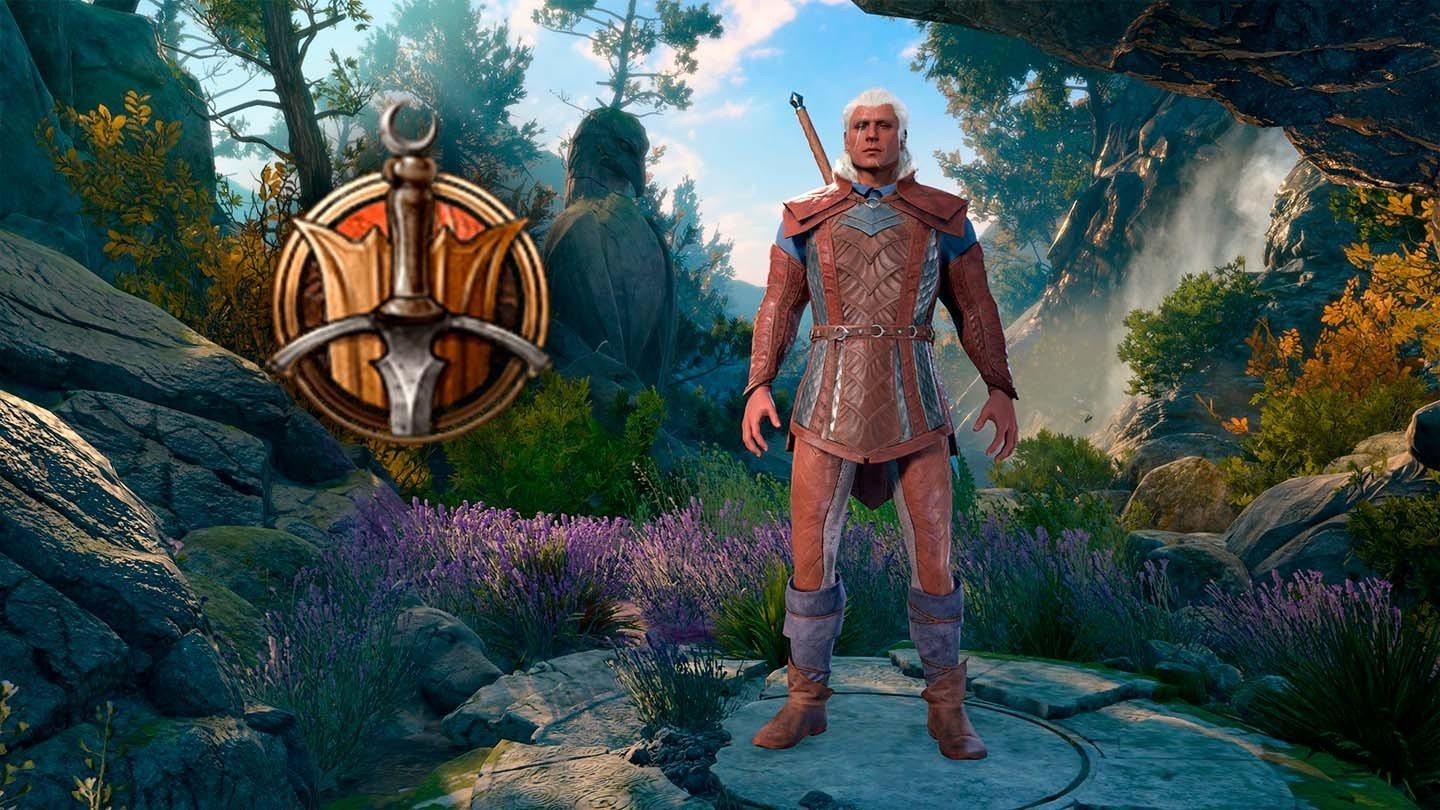 Image: ensigame.com
Image: ensigame.com
Multiclass Development
At level 5, our witcher should multiclass into Ranger. For Favored Enemy, choose Bounty Hunter, which provides bonuses and additional damage to attacks—canonically reflecting the profession of witchers as monster trackers. Natural Explorer with a focus on Urban Tracker grants a bonus to Sleight of Hand.
Continue leveling by allocating the next level to Ranger as well to acquire Hunter's Mark and Ensnaring Strike. The former allows for more effective attacks on a target, and the latter serves as the analog of the Yrden sign. For Fighting Style, take Archery to utilize crossbows.
 Image: ensigame.com
Image: ensigame.com
Witcher Signs
All witcher signs in BG3 are implemented through cantrips and spells. Fire Bolt and Burning Hands mimic the Igni sign, allowing you to attack enemies with fire. Thunderwave is an excellent substitute for the Aard sign, enabling you to push enemies away.
For defense, use a combination of two spells: Shield and Shield of Faith—these represent the Quen sign.
Yrden is implemented through Ensnaring Strike and Magical Lock. At higher levels, you gain access to the Hold Person spell—the analog of Axii.
 Image: ensigame.com
Image: ensigame.com
Alchemy and Elixirs
Baldur's Gate 3 features a well-developed alchemy system, allowing players to easily recreate the signature witcher elixirs and oils. Potions can be found in the world or crafted independently.
- Potion of Speed works like the Thunderbolt elixir from The Witcher universe—granting an extra action and increasing speed.
- Elixir of Hill Giant Strength acts similarly to Thunderbolt and Storm—raising Strength to 21.
- Elixir of Heroism is analogous to Full Moon, granting 10 temporary hit points.
- Oil of Accuracy is similar to Hanged Man's Venom, adding +2 to attack accuracy.
- Diluted Oil of Sharpness serves as the analog of Beast Oil. It provides a +1 bonus to damage and attack rolls, and reduces the target's resistance to non-magical damage.
- Wizardsbane Oil is like Relict Oil, giving a debuff to enemy mages; for 2 turns, they receive a -3 penalty to spellcasting rolls.
- Oil of Combustion can be used as Vampire Oil. Targets coated with the oil ignite upon taking fire damage, dealing 3–18 fire damage to everything and everyone around.
- Crawler Mucus acts like Black Blood. If you hit an enemy with a weapon coated in this oil, the target must pass a Constitution saving throw or become paralyzed.
- Malice is somewhat like Cat, but in reverse. It blinds and poisons the target for 10 turns.
Elixirs last until a long rest, and Potion of Speed causes exhaustion for 1 turn—meaning your character will have a cooldown after the potion's effect ends. Consider this as the toxicity of witcher elixirs. You can use a maximum of two strong potions simultaneously.
Combat Tactics
A witcher's tactics are based on thorough preparation for battle and using the entire arsenal of available tools. The key to victory is the proper application of signs, oils, and elixirs depending on the enemy. Before each serious fight, study your opponents and select the appropriate enhancements.
 Image: ensigame.com
Image: ensigame.com
What a typical witcher's turn in BG3 looks like:
- Apply oils or elixirs before the fight;
- Use signs (spells);
- Attack with a two-handed sword or shoot with a crossbow;
- Use Hunter's Mark for additional damage.
When facing a group of enemies, use the combination of Oil of Combustion with Fire Bolt for area damage. To avoid taking excessive damage in melee combat, drink a Potion of Speed for better mobility and retreat from enemies.
Feats and Development
In the witcher build, you need to carefully select feats to enhance combat and magical abilities.
We recommend considering these:
- Level 4: Martial Adept or Great Weapon Master
- Level 8: Crossbow Expert (if you use crossbows)
- Level 12: War Caster
The choice between Martial Adept and Great Weapon Master depends on your playstyle. The first feat provides more tactical options in combat, while the second significantly increases damage. War Caster is essential for playing with spells and melee combat.
 Image: ensigame.com
Image: ensigame.com
This build allows you to recreate the witcher's gameplay as accurately as possible. The character will deal substantial physical and magical damage, and using potions will double these numbers. The build is effective for solo playthroughs or when playing with a group of characters.
Main image: Ensigame.com

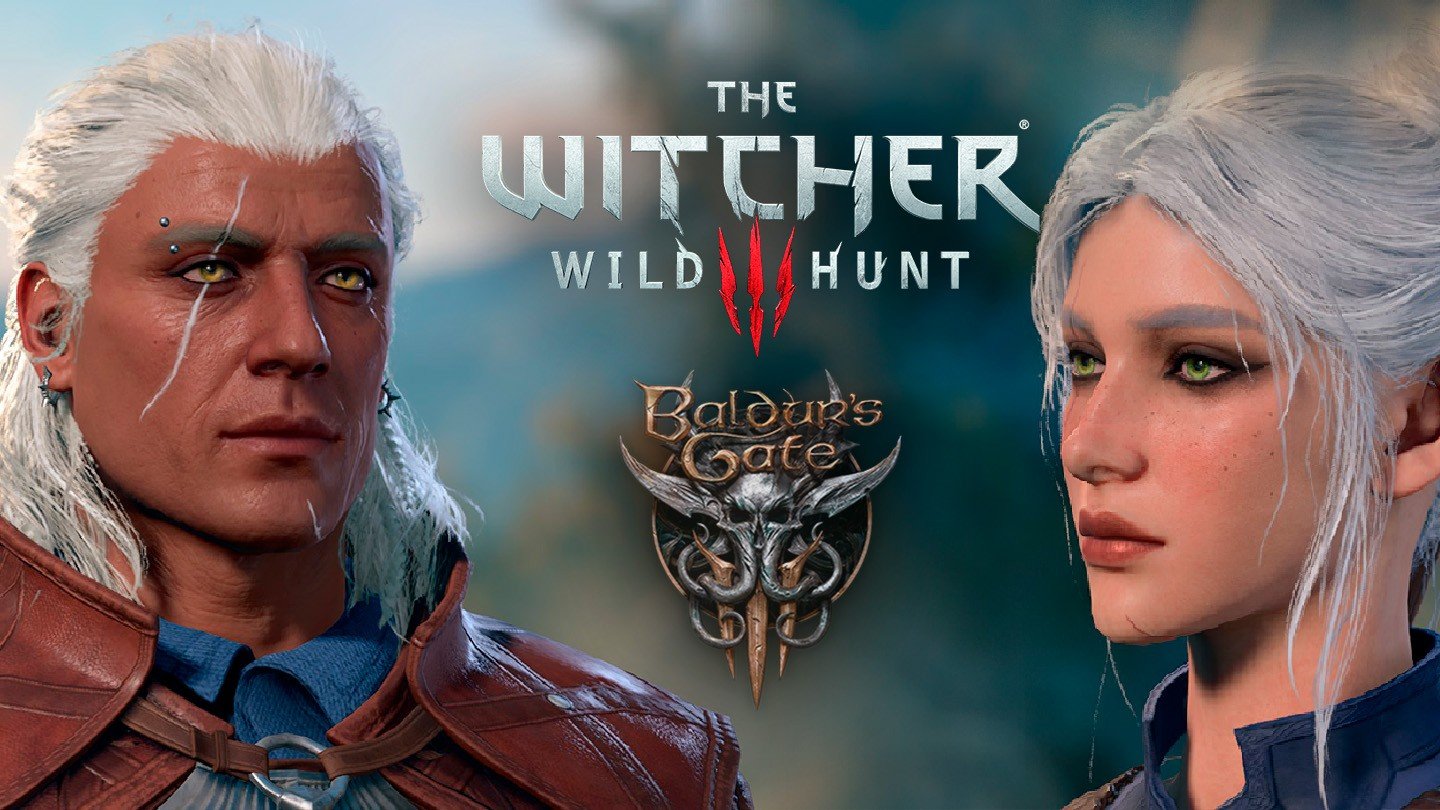
 Daria "Foxdari" Sedelnikova
Daria "Foxdari" Sedelnikova

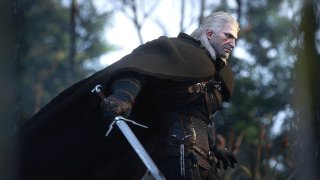
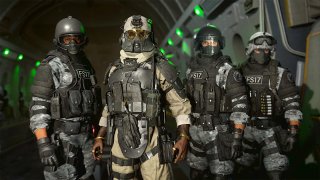









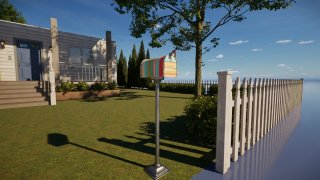





0 comments